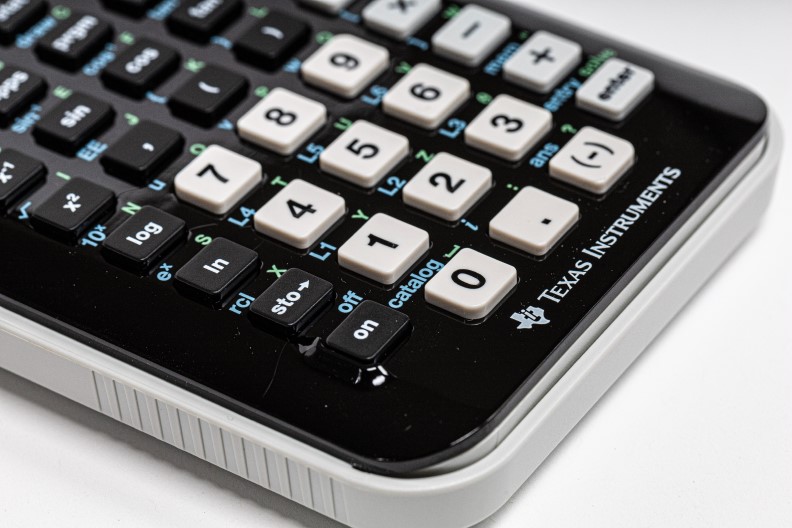Is There a Demand Control Ventilation (DCV) Energy Savings Calculator?

Demand controlled ventilation can be considered an investment, where building owners add sensors and fan controls to reduce HVAC costs, and/or to meet a set of standards such those from ASHRAE. The savings from other measures like LED lighting can be estimated with relative ease, but the procedure is more complex for DCV systems. Lighting savings can be predicted accurately based on operating schedules, while DCV savings change drastically depending on climate conditions, building properties, and occupant density.
Savings calculators are common for LED lighting and solar power, and they are often found as web tools or smartphone apps. However, this concept is not viable for DCV, due to the complex analysis involved. Instead, the energy performance of a building must be modeled before and after deploying DCV, with specialized tools, like Energy plus. There is no quick method that can estimate the savings reliably.
How Does Energy Modeling Software Determine DCV Savings?
DCV savings depend on several factors, including building properties and occupancy schedules. The existing HVAC equipment must also be considered, since DCV reduces both space heating and air conditioning loads. Rather than focusing on DCV only, energy modeling software analyzes the overall building performance. Energy modeling results are influenced by several factors, but the following are the most relevant:
- Physical properties of the building: floor area, ceiling height, insulation, window types, etc.
- Local climate: Even if two buildings are identical, energy modeling results can vary drastically if they are exposed to different climates.
- Patterns and schedules of the occupants: Longer usage schedules increase energy consumption, for the simple reason that building systems operate more hours each day. For example, the number of people in a department store is more variable than in classrooms and offices.
- HVAC design procedure: ASHRAE standard 62.1 and 62.2 specify the Ventilation Rate Procedure (VRP) and the Indoor Air Quality Procedure (IAQP). While the VRP uses prescriptive airflow rates, the IAQP focuses on the direct control of pollutants. Energy usage will change based on how the airing system operates.
- Type of airing system: VAV systems, which stands for variable air volume systems, modulate the flow of air at constant temperature, while constant air volume (CAV) systems modulate temperature at a constant flow of air. Both are controlled based on the thermostat setpoint, but the energy performance varies.
The HVAC design also influences energy modeling results. For example, if an airside economizer is present, it will increase the cubic feet per minute (cfm) of outdoor airflow (OA) when its temperature is suitable to cool indoor spaces. This requires more fan power, but the air conditioning savings achieved are greater. Thus improving energy efficiency.The location of occupancy sensors, normally CO2 sensors, also affects performance, since building interiors don’t have a constant carbon dioxide concentration.
In a few words, DCV analysis is a complex procedure, and there is no “rule of thumb” that will yield accurate results. A manual calculation is unfeasible due to the large number of factors involved, and simulation software is required.
A savings estimate with a quick calculation is only possible for fans with an open discharge. These are the fans that blow air into an open space, instead of a confined duct system. Extractor fans on walls and cooling tower fans are two examples. In this case, the fan power is reduced in cubic proportion to the fan speed.
- Assume the fan speed is reduced to 75% of its rated value.
- The power consumption will drop to 42% (75% x 75% x 75%).
This rule does not apply when a fan blows air into a duct system. The fan savings achieved with speed reduction also depend on the static pressure of the duct system, and the calculation procedure becomes more complex. An open-discharge fan has no duct system pressure to overcome.
DCV Savings: Energy Modeling Example by Foobot
Foobot carried out energy modeling for a 50,000 sq.ft. office building from the 1990s. The operating schedule is from 8AM to 5PM, with an airing rate of 3 air changes per hour (3 ACH). The simulation was carried out with and without DCV, and the HVAC energy usage was reduced by 38% with Foobot’s advanced DCV.
The simulation was carried out with ideal equipment conditions, without considering its working condition and the maintenance received. If an HVAC installation has deteriorated over time, and it is repaired during a DCV upgrade, even greater savings can be expected.
Related articles: